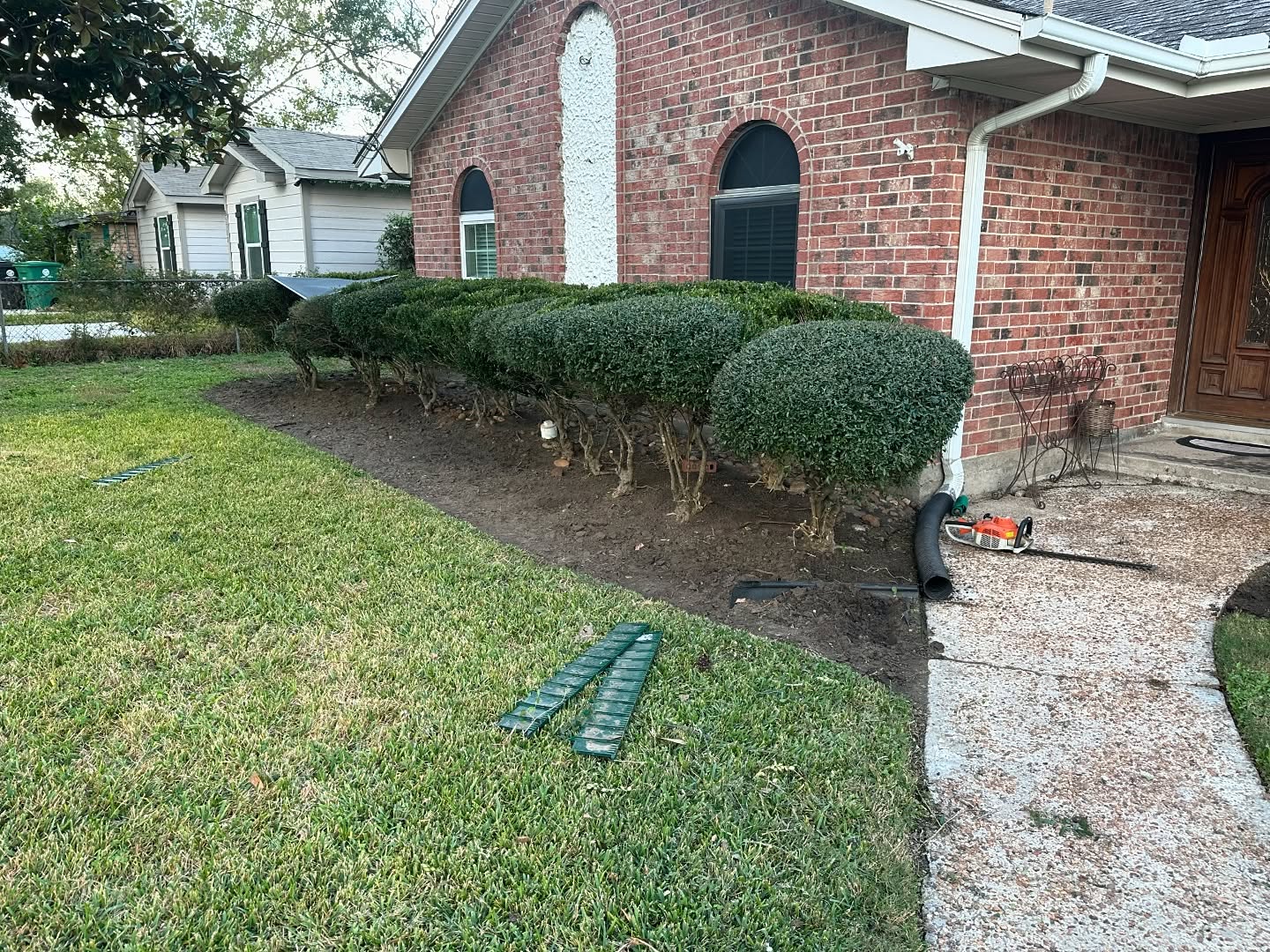
Top Signs Your Trees Need Immediate Attention from Experts Aug 06, 2025
Firstly, dead or dying branches pose significant risks. These branches are not only visually unappealing but can also be hazardous. During storms or high winds, dead branches are susceptible to breaking off and causing damage to property or injury to people. If you notice branches with no leaves or dry, brittle wood, it’s crucial to contact tree service experts immediately.
Another significant indicator is leaning trees. While all trees exhibit some degree of lean, especially when growing towards sunlight, a sudden or excessive tilt can signal structural problems. This can result from root damage or soil erosion, making the tree unstable. A leaning tree, particularly one with exposed roots, needs immediate evaluation from professionals to prevent potential collapse.
Fungal growth, often seen as mushrooms at the tree's base, is a red flag for fungal infections that could be deteriorating the tree's health internally. These fungi typically indicate decay within the tree, which can weaken its structural integrity. If you observe mushroom growth or any decay on the trunk or branches, expert consultation is vital.
Another symptom that necessitates attention is the presence of pests. Insects like borers or beetles pierce the tree bark to lay eggs, which can lead to infestations. These pests not only compromise the tree’s health but can also spread to other trees and plants. Look out for small holes in the bark, sawdust, or an increase in local bird activity, which may indicate pest presence.
Compromised bark or cankers, which are sunken or dead patches on the trunk, also require urgent expert examination. The bark acts as a tree's protective layer, and any damage here could expose the tree to diseases. Cankers generally signify infections, which, if untreated, could spread and potentially lead to tree death.
Lastly, consider unusual leaf behavior. Leaves that exhibit unusual color changes, out-of-season leaf drop, or a sparse canopy could indicate that a tree is under stress from illness, poor nutrition, or environmental factors. Contacting a tree service can help diagnose and treat these issues, restoring the tree to optimal health.
In conclusion, tree maintenance is an ongoing responsibility that ensures longevity, health, and safety for both the trees and surrounding environment. Recognizing early warning signs, such as dead limbs, leaning trunks, fungal growth, pest infestations, and unusual leaf behavior, not only preserves these natural assets but also prevents potentially costly damages. As a valued customer of C&B Ramos Tree Service, you have access to dedicated professionals ready to provide the necessary care and expertise. Regular inspections and timely interventions will keep your trees thriving, adding continuous beauty and value to your property.
/filters:no_upscale()/media/6137fd37-aed3-476a-85a4-6a6bf988bc33.jpeg)
/filters:no_upscale()/filters:format(webp)/media/e774523a-c7b3-4ca3-ac29-4f84082bea78.jpeg)